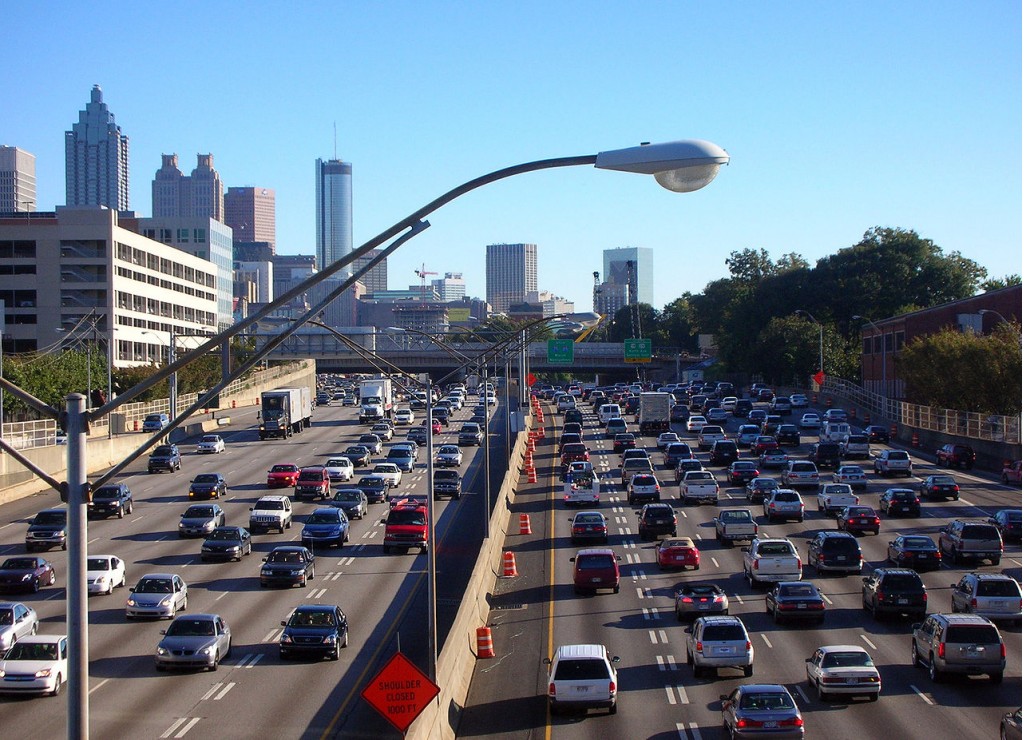The term "range anxiety" is commonly associated with electric cars because of relatively short ranges for many of them, along with a lack of charging infrastructure in many regions.
But at the moment, many drivers of gasoline cars in the southern U.S. may begin feeling exactly the same thing.
A pipeline rupture in Alabama has led to fuel shortages in that state, as well as Georgia, Tennessee, and the Carolinas.
DON'T MISS: Gas is cheap; U.S. drivers use it to log more miles than ever
The break is on a line that runs from Houston to the New York harbor, and it could lead to fuel shortages along the entire East Coast, according to The Guardian.
The 338,000-gallon spill reportedly occurred in an ecologically-sensitive area, but the pipeline's owner—Colonial Pipeline—was apparently very, very lucky.
Fuel spilled out 500 feet from a retention pond for a mining company, and flowed into the pond rather than the nearby Cahaba river system, which could have spread spilled gasoline all the way to Mobile Bay on the Gulf Coast.

Gas pump
Instead, the fuel was contained in the retention pond, according to the U.S. Environmental Protection Agency.
While the scope of the damage was limited, drivers in southern states still face fuel shortages.
Drivers in Atlanta have found empty pumps, or are being forced to pay 20 cents more per gallon because gasoline must be trucked in from further away, according to U.S. News & World Report.
MORE: Electric-car interest in France spikes due to gas shortage
Governors in Georgia, Alabama, and Tennessee declared states of emergency in response to the pipeline rupture.
This allows them to lift restrictions on the number of hours truck drivers delivering fuel can stay on the road.
The Tennessee government encouraged residents to continue with their normal driving habits, but asked that they not top off unnecessarily.

Traffic in Atlanta, Georgia during rush hour (via Wikimedia)
Colonial Pipeline is now shipping gasoline through a second pipeline, Line 2, that runs parallel to the ruptured line.
That second line is normally used for other petroleum products, but has been pressed into service for gasoline until the break can be fixed.
The company is also constructing a temporary pipeline to bypass the broken section, although it has no timeline for when that will be completed.
Analysts expect fuel shortages and price spikes to be temporary, but suggest that they may get worse before they get better.
[hat tip: John Briggs]
_______________________________________________












